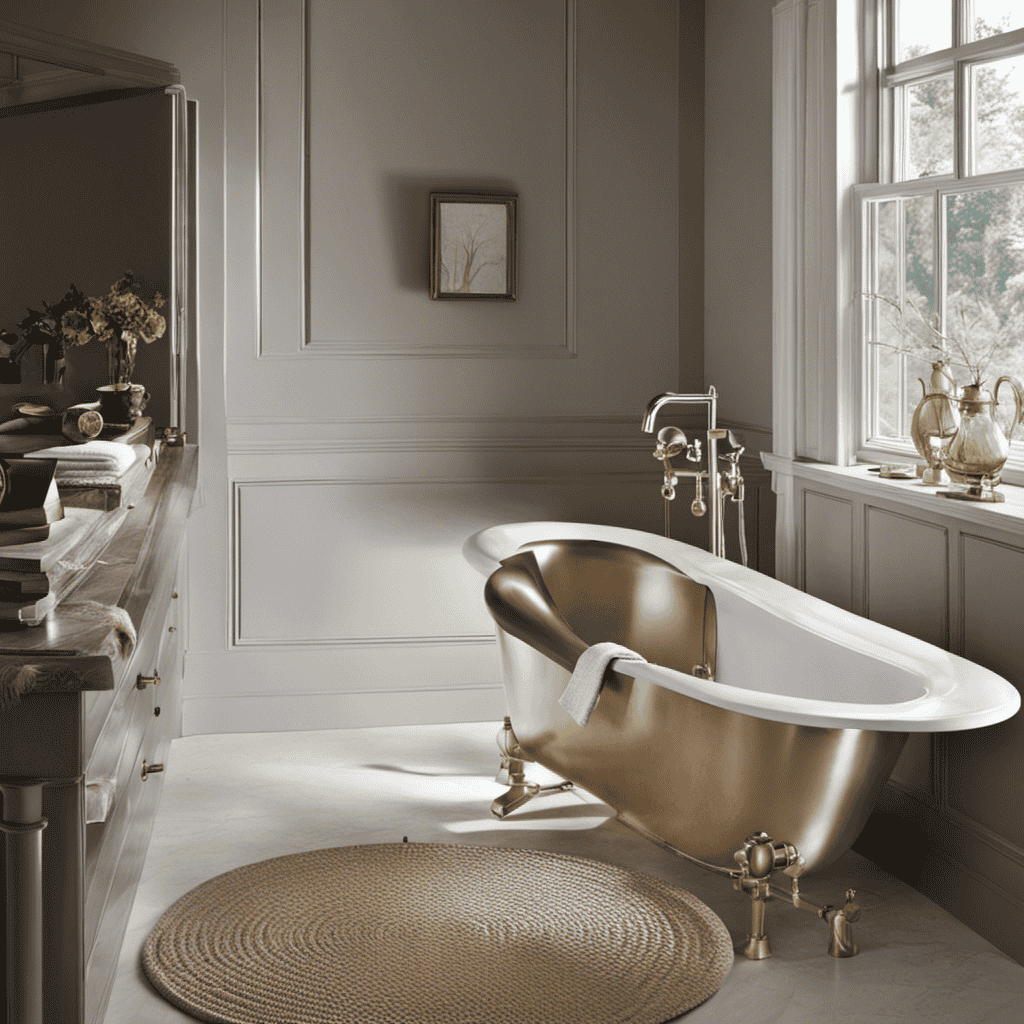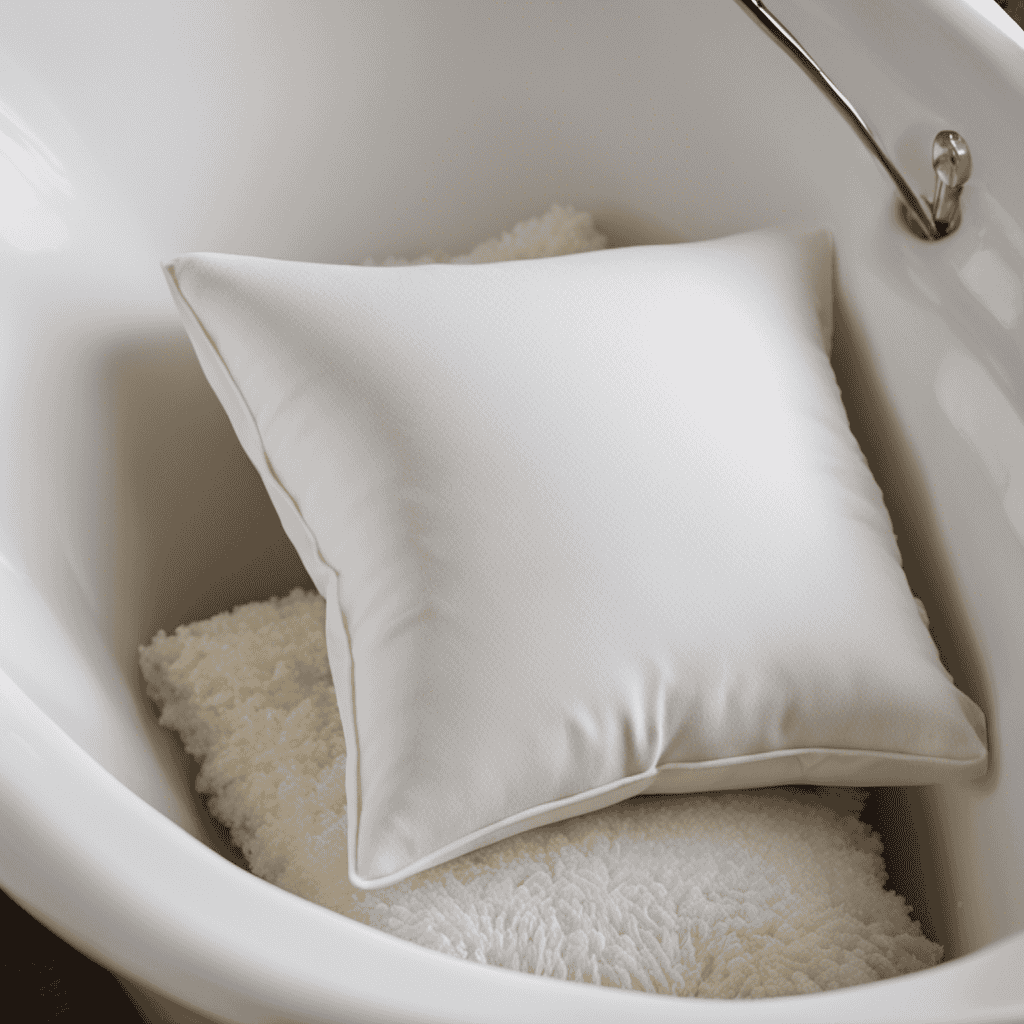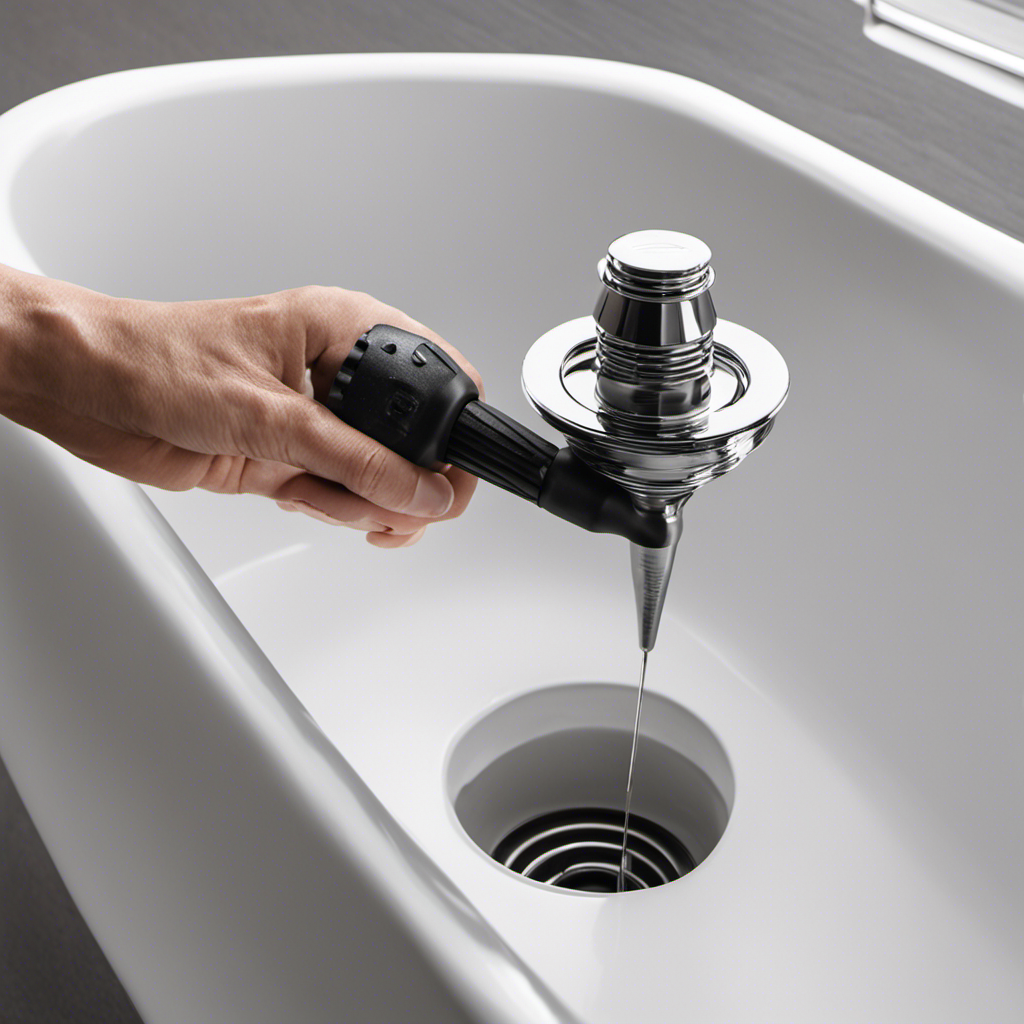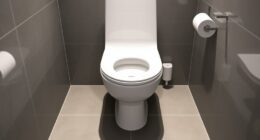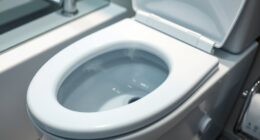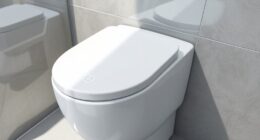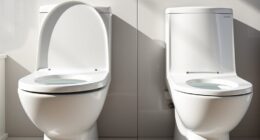As a professional plumber, I’ve installed countless bathtubs throughout my career.
Did you know that a properly roughed-in bathtub can save you time and money on future repairs?
In this article, I will guide you through the step-by-step process of roughing in a bathtub.
From preparing the plumbing to connecting the water supply lines, you’ll learn all the essential techniques to ensure a successful installation.
So let’s get started and transform your bathroom into a relaxing oasis.
Key Takeaways
- Accurate measurements and proper alignment of drain and overflow pipes are crucial to prevent leaks and poor drainage.
- Using high-quality PVC pipes and fittings ensures durability and a leak-proof installation.
- It is important to consider the dimensions of the bathtub and framing requirements for sturdy support during installation.
- Proper installation of shut-off valves, flexible supply lines, and thorough testing for leaks are essential for connecting water supply lines successfully.
Required Tools for Bathtub Rough-In
You’ll need a few tools to rough in the bathtub. When it comes to bathtub installation, having the right tools is essential for a smooth and successful project. Here are the essential tools for bathtub rough-in:
-
Tape Measure: Accurate measurements are crucial for positioning the bathtub correctly. A tape measure helps you ensure that the bathtub fits perfectly in the allotted space.
-
Level: A level helps you make sure that the bathtub is installed evenly and prevents any potential water leakage.
-
Pipe Wrench: This tool is necessary for tightening and loosening plumbing connections. It allows you to securely attach the bathtub’s drain and water supply lines.
-
Reciprocating Saw: Sometimes, you may need to cut through existing pipes or walls to accommodate the bathtub. A reciprocating saw makes this task easier and more precise.
-
Screwdriver: A screwdriver is needed to tighten screws and fasten various components during the installation process.
These tools are essential for a successful bathtub rough-in. Make sure you have them on hand before starting your installation project.
Preparing the Plumbing for Bathtub Installation
Before installing the bathtub, make sure the plumbing is properly prepared. This step is crucial to avoid common bathtub rough-in mistakes that can lead to plumbing issues down the line.
One of the most common mistakes is improper alignment of the drain and overflow pipes. This can result in leaks and poor drainage. To troubleshoot this issue, ensure that the drain and overflow pipes are properly aligned and securely fastened.
Another common mistake is using incorrect pipe sizes. This can cause water flow problems and even damage the bathtub. To troubleshoot this issue, double-check the manufacturer’s recommendations for pipe sizes and use the appropriate ones.
Determining the Bathtub Placement
Determining the placement of the bathtub is essential to ensure proper installation and optimal functionality. When deciding on the location, it is crucial to consider the dimensions of the bathtub and the framing requirements. The dimensions of the bathtub will determine the amount of space needed for installation. This includes the length, width, and height of the bathtub. Additionally, the framing requirements must be taken into account. This involves creating a sturdy support structure to hold the weight of the bathtub and any water that may be in it. To assist in visualizing the dimensions and framing requirements, refer to the table below:
| Dimension | Length (inches) | Width (inches) | Height (inches) |
|---|---|---|---|
| Bathtub | 60 | 30 | 20 |
| Framing | 66 | 36 | 24 |
Installing the Drain and Overflow Assembly
After measuring the dimensions and framing requirements, it’s time to install the drain and overflow assembly.
When it comes to troubleshooting common issues with bathtub drains and overflow assemblies, it’s important to ensure proper installation and use of high-quality materials.
Choosing the right materials is crucial for a durable and leak-proof installation. I recommend using PVC pipes and fittings, as they are resistant to corrosion and provide a secure connection.
Additionally, consider using a high-quality drain and overflow assembly kit that includes all necessary components.
Before installation, carefully read the manufacturer’s instructions to ensure proper alignment and sealing. Check for any leaks or loose connections before proceeding to the next step of connecting the water supply lines to the bathtub.
Connecting the Water Supply Lines to the Bathtub
To connect the water supply lines to the bathtub, make sure you have the necessary tools and materials ready. This step is crucial for ensuring proper water pressure and temperature control. Here is a table outlining the steps and materials needed:
| Step | Materials |
|---|---|
| 1. | Shut-off valves |
| 2. | Flexible supply lines |
| 3. | Pipe compound |
| 4. | Adjustable wrench |
| 5. | Teflon tape |
Begin by installing shut-off valves on the existing hot and cold water lines. Then, attach the flexible supply lines to these valves using a pipe compound or Teflon tape for added security. Make sure to tighten the connections using an adjustable wrench. Finally, connect the other end of the supply lines to the corresponding hot and cold water inlets on the bathtub. Double-check all connections for leaks and turn on the water to test the water pressure and ensure a successful installation.
Conclusion
In conclusion, roughing in a bathtub requires careful planning and precise installation. By following the steps outlined in this article, you can ensure that your bathtub installation goes smoothly and efficiently.
Remember to use the required tools and properly prepare the plumbing before determining the placement of the bathtub. Installing the drain and overflow assembly, as well as connecting the water supply lines, are crucial steps in the process.
So, if you’re ready to take on this DIY project, dive in and enjoy your new bathtub! And who knows, maybe you’ll even uncover some hidden truths about your plumbing skills along the way.
